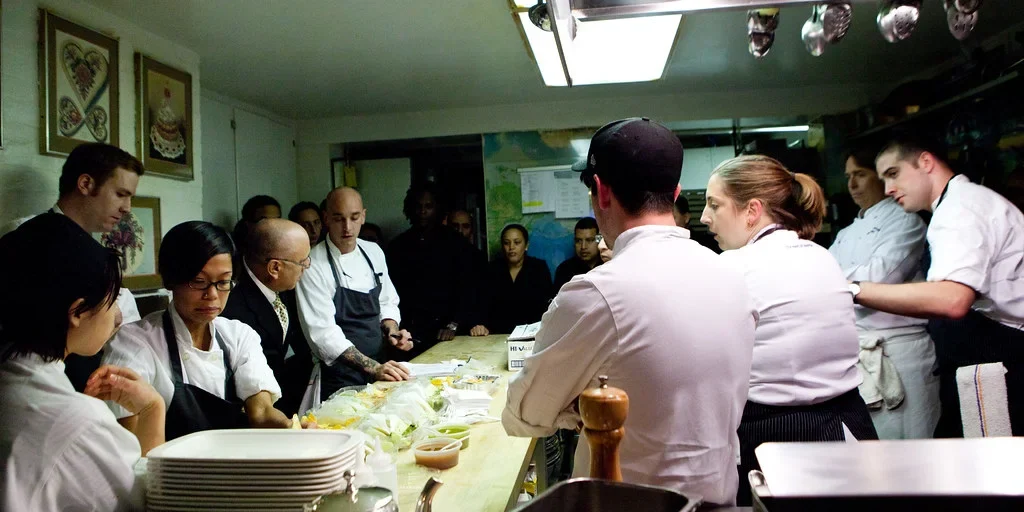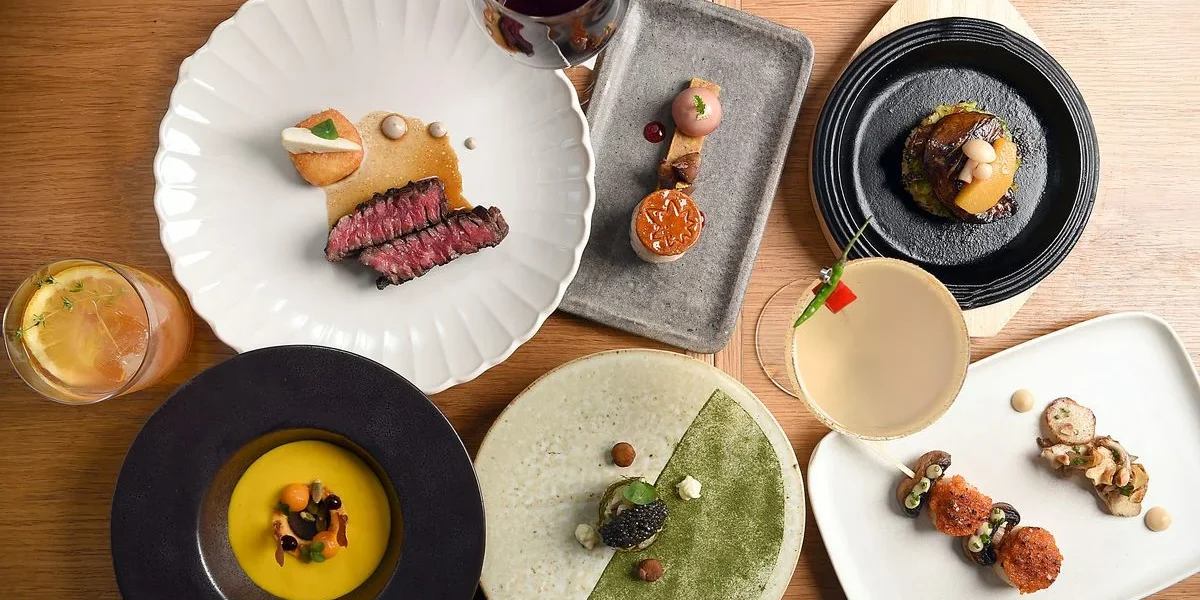Managing a restaurant franchise comes with unique challenges and opportunities. You need a combination of good processes, communication and smart decision-making to ensure consistent success across the various locations. In this article we will examine key methods and approaches for mastering multi chain management in the restaurant sector.
Creating a firm foundation

1. Creating your brand identity
Your restaurant chain’s basic values, mission statement and target market should all be clearly defined as part of your brand identity.
Ensure the customer experience, food selections and brand messaging are consistent across all locations.
2. Creating SOPs (standard operating procedures)
Make thorough SOPs that detail operational procedures, quality requirements and staff policies.
Standardise crucial processes including menu planning, customer service procedures, inventory control and staff development.
3. Putting in place a restaurant reservation system
To simplify the reservation process and maximise seating capacity across many locations, use a
restaurant reservation management systemthat can cater for multiple locations.Take advantage of features like automated reservation confirmations, client data management, and real-time table availability.
Collaboration and Effective Communication

1. Channels for centralised communication
2. Programmes for regular meetings and training
Hold regular meetings with managers and employees from various locations to discuss difficulties, share best practices and guarantee alignment with corporate goals.
To maintain uniformity across all sites, create training programmes that address brand standards, customer service and operational procedures.
Supply chain management and operational efficiency

1. Centralised inventory and purchasing management
Centralise
inventory management and purchasing, to take advantage of economies of scale, bargain better prices with suppliers and ensure uniform quality across locations. CUse inventory tracking technologies to keep an eye on stock levels, cut waste and improve supply chain efficiency.
2. Using technology to increase efficiency
Make use of technology solutions to streamline order processing, increase accuracy, and improve the entire customer experience, such as point-of-sale (POS) systems, kitchen display systems (KDS), and online ordering platforms.
Analyse the usage of data analytics technologies, to learn more about consumer preferences, menu performance and operational efficiencies.
Sustaining consistency and quality

1. Quality assurance procedures
Organise stringent quality control procedures, such as periodical audits, mystery shopping schemes and customer feedback evaluations.
Visit each site on a regular basis to check for brand compliance and assess the in-person client experience.
2. Programmes for training and development
To expand their abilities and maintain a constant level of service and food quality, management and personnel should invest in regular training and development programmes.
Support internal promotions and offer opportunities for professional growth, to develop a sense of loyalty and ownership among employees.
Innovation and adaptability

1. Variability in menu selections
Allow for some flexibility in the menu selections to accommodate all tastes or dietary needs without sacrificing the primary brand character.
For the purpose of identifying potential new items or areas for improvement, regularly assess the performance of the menu and collect client feedback.
2. Accepting technological trends
Keep up with the most recent technological developments and trends in the restaurant business.
To improve the customer experience and stay competitive, look into possibilities like mobile ordering, contactless payments and customised marketing techniques.
It takes a combination of strategic planning, good communication and a dedication to quality and consistency to successfully manage a restaurant chain. You can master multi-chain management and make sure your restaurant chain remains successful by laying a solid foundation, putting in place effective systems, encouraging teamwork, and embracing innovation. A restaurant reservation management system can also boost operational effectiveness and increase the general client experience. Accept the opportunity that owning a restaurant chain brings, be flexible with shifting tastes, and constantly look for new methods to strengthen your brand.

Unlock the tips that will help you stand out from the crowd and get more bookings!

Learn how to save time, reduce stress and fill your restaurant while you sleep!

Stephanie Paris
Gen-Z marketing coordinator bringing fresh energy to web and graphic design, with a weekend habit of chasing adventure.

Stephanie Paris
Gen-Z marketing coordinator bringing fresh energy to web and graphic design, with a weekend habit of chasing adventure.









